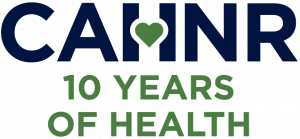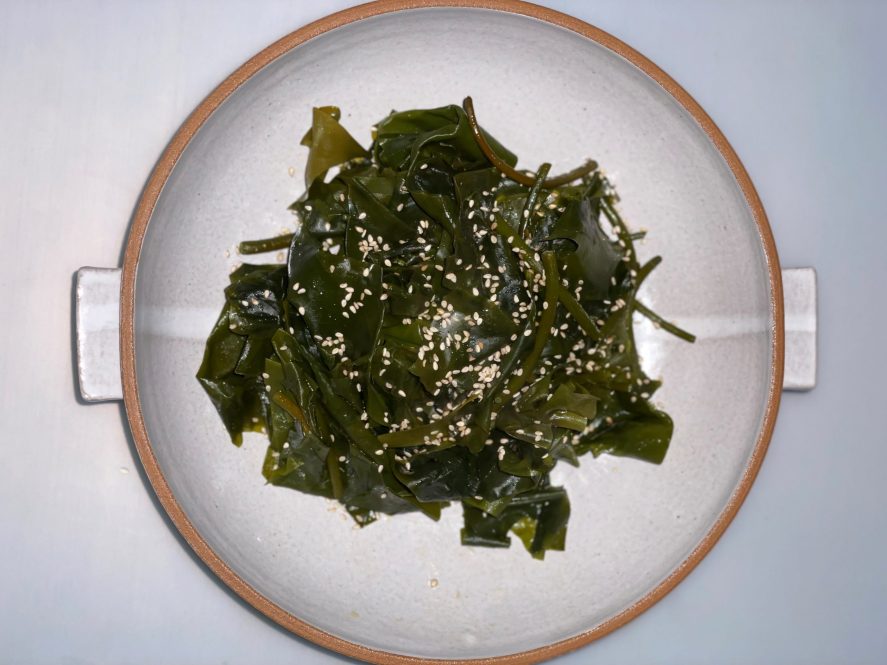Seaweed, a staple in traditional diets across the globe is now gaining recognition in the United States. UConn Department of Nutritional Sciences researchers, including Department Head Professor Ji-Young Lee and Assistant Research Professor Young-Ki Park, are researching not only the health benefits of seaweed but also addressing the potential health risks. They met with UConn Today to discuss their most recent research paper published in the Journal of Agriculture and Food Research.
Can you tell us what inspired this research?
Lee: We both grew up in South Korea, and like other East Asian countries like Japan and China, in the South Korean peninsula, we are exposed to the different types of seaweed and always hear about how great it is for health. For example, in Korea, it is a custom that after a woman delivers a baby, she eats a particular seaweed soup for faster recovery.
In 2010 when we came to UConn, we were very interested in studying seaweed, but at that time public interest or awareness about it in the United States was still fairly low. We got funded about five or six years ago, and started researching sugar kelp, a major seaweed grown in the United States where compounds in the seaweed are extracted to be used as gelling agents or hydrocolloids which are ingredients commonly used in food products or other items like pharmaceuticals or cosmetics.
What are some of the benefits of eating seaweed?
Lee: Seaweed has many health benefits, but they can vary depending on where they grow. That’s why we started studying sugar kelp grown in the US to understand whether it has the same benefits as the many other types of seaweed that people have been eating for many years.

Our research is on obesity and obesity-related diseases such as fatty liver disease, which are a big problem in the United States and globally. In the first paper we published on sugar kelp consumption, we found that it prevented weight gain.
In the experiment, we fed mice a diet that was very high in fat, sugar, and cholesterol. Some of the mice were also fed seaweed. We found that, despite the mice eating the same, very high fat, high sugars, high cholesterol diet, when mice are fed sugar kelp, it prevents obesity and other diseases. Then, we had another recent publication that confirmed the similar benefits as well.
Park: That high-fat diet usually makes the mice gain a lot of weight, and then they do not move around much because of that weight gain. However, the mice that ate the diet with sugar kelp added, were leaner, even though the amount of food they consumed was similar, and they were more physically active.
Lee: We can clearly see that seaweed consumption can prevent obesity and weight gain, and several obesity-related conditions, like inflammation and non-alcoholic fatty liver disease.
Can you talk about some of the risks associated with seaweed?
Lee: Despite these health benefits, there are health concerns that we need to address. Like other fish and seafood caught in the ocean, we know that heavy metals are a concern for seaweed, but there are no established regulations for safety. This is important because depending on where the seaweed is grown or harvested, heavy metal contamination may exist. In the article, we emphasize the importance of studying the toxicity potential of seaweed, emphasizing the need to standardize the product so people can safely gain the health benefits of seaweed without the risks.
The same is true for agricultural products. For instance, the same spinach grown on different land can have different healthy compounds or contaminants depending on the soil. Therefore, standardization and safety regulations should be established for food sources like seaweed.
We want to study more of the safety aspect to systematically address that utilizing the accepted techniques and models.
We are cautious when discussing the health benefits of sugar kelp we found in our research because the information should not be misused as an advertisement without acknowledging potential risks that must be addressed before we start making recommendations to ensure the safety of consumption.
Park: We want people to understand that studying the health benefits and safety of seaweed consumption should be done in parallel to encourage consumers to eat seaweed without worrying about its safety.
What are your next steps in this research?
Lee: Thinking about the future, I think seaweed is really the next big agricultural crop. People study many different angles about seaweed, from making fuels from the seaweed to its carbon capture potential or identifying and extracting some of the healthy bioactives from there as well.
It is an environmentally friendly crop in many ways and if we can make it safer for human consumption, I think that’d be the best.
A similar example is the blue-green algae Spirulina, and we have done quite a bit of research on its health benefits in the past. Now it is in many different products like smoothies and energy bars. One concern about Spirulina is that it is grown in open farms, so producers have to be careful about contamination. Now, the biggest companies growing Spirulina are in California and another in Hawaii, but their production is well controlled for consumer safety. That should be the future of seaweeds.



